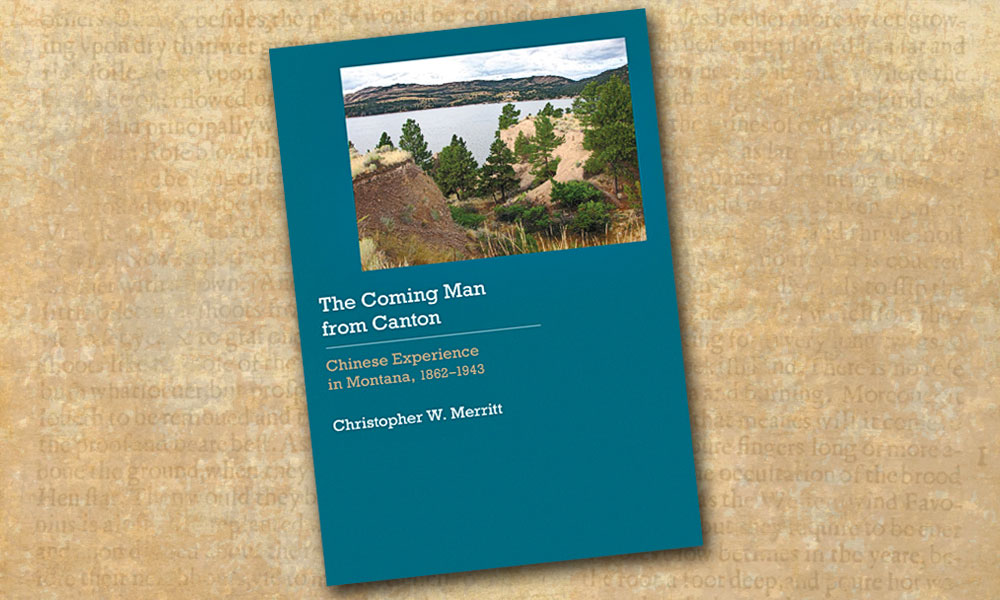
It was a race to build a transcontinental railroad—one crew coming from the east, the other from the west, eventually to meet up in Utah. James Strobridge was head of construction for the west-to-east competitor, the Central Pacific Railroad, and he refused to hire Chinese laborers. He was highly prejudicial, seeing them as strange heathens. But more and more white workers left the job to seek their fortunes in the goldfields. With little choice, Strobridge broke down and hired 50 Chinese workers. He found they were able to grade a longer, better rail-bed than the white crews, reports Discovering America’s Past by Readers’ Digest: “It swiftly became clear that if he wanted something done fast and done well, the Chinese were the ones to do it.”
Their crews worked all day, seven days a week. Central Pacific recruited more Asians from California, and then imported them from China. Ultimately, some 10,000 Chinese laborers were moving the line along, blasting through mountains and pounding spikes. In the winter of 1866, one Chinese crew pulled three locomotives and an entire wagon train over the Sierra Nevada by hand. In 1869, combined Chinese-Irish crews laid 10 miles of track in 12 hours to win a race. Reader’s Digest notes, “The line might never have been finished but for the Chinese, more than 1,200 of whom lost their lives in the effort. Yet old prejudices died hard. In the keynote speech at the completion celebration on May 11, 1869, everyone imaginable was thanked—except for the indispensable Chinese.”






